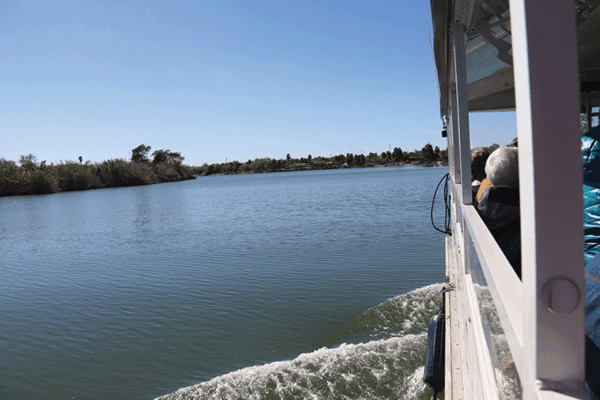 Thanks to the Winter Texans, I now understand more about the game of Cricket … at least on paper. Now all I need to do is make time to go to one of their games. In fact, one way to keep up with all the happening in the Rio Grande Valley is to read the Winter Texan Times.
Thanks to the Winter Texans, I now understand more about the game of Cricket … at least on paper. Now all I need to do is make time to go to one of their games. In fact, one way to keep up with all the happening in the Rio Grande Valley is to read the Winter Texan Times.
And there is a lot going on. Just take your pick – there is something for everyone – music, art, dances, garages sales, cruises on the Rio Grande River or on the Laguna Madre for fishing. The Rio Grande Valley has just about all you could ever want. Sure, we are not really a Valley, and we don’t have any mountains. In fact, we are virtually at sea level.
I live in Harlingen, where just a few miles up the road is a small town named Combes. Now old timers would call that town Combes Mountain. But why?
When I look up the elevation of Harlingen, my computer tells me that the average elevation of Harlingen is 46 feet. The elevation of Combes is just 39 feet. Could it be because Combes is somewhat north of Harlingen, people identified north with going up? Now I am really beginning to wonder why or how we look at things.
Residents of Harlingen have always said that downtown Harlingen is 33 feet. Since the Rio Grande River is actually higher than downtown Harlingen, it stands to reason that when the river floods, Harlingen, as well as most Rio Grande Valley cities, are going to be flooded. The natural flow of the flood waters will be from the river toward the Gulf of Mexico. Anyone living in the Rio Grande Valley in 1967 when we experienced Hurricane Beulah will remember how most of our Valley towns experienced major flooding. With excessive rain and slow drainage how can we not flood?
But let’s look at the positive of flooding. The rich alluvial soil that we have in the Rio Grande Valley exists only because of the millions of years that the Rio Grande River has dumped the excess water on the land. Consequently, we have some of the richest soil in the United States.
Right now, we could use a little excess water. Many of our farmers have already used their annual allotted water allowance – and it is time for fall and early winter planting. Over the last few years, our supply of water has dwindled so much that farmers are advised to try crops that use less water.
Agriculture advisers are suggesting new crops for the Valley – crops that are more adapted to a dryer climate. One of those new crops is canola. A crop that I had never seen.
Why not take a ride down Highway 281 just to see how many new crops you can identify? Or better yet join a Farm Tour and hear all about the evolution of farming in the Rio Grande Valley from the clearing of the land, to the irrigation system developed in 1905, and finally the necessity for crop dusting.
It has been too cold the last week to even think about planting. But it won’t be long until we will have sunshine again. Thank goodness, our cold snaps are generally short lived. Hope you stayed warm.














